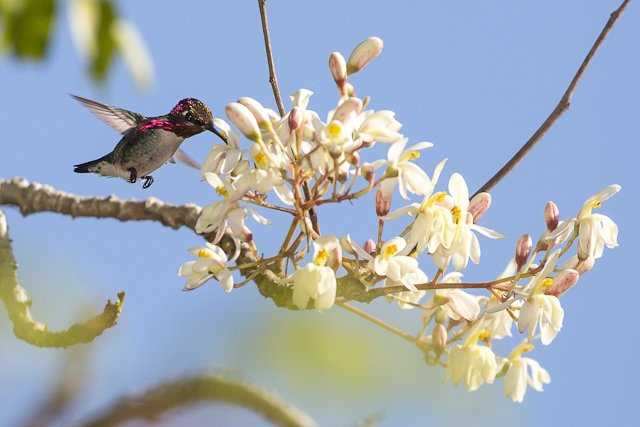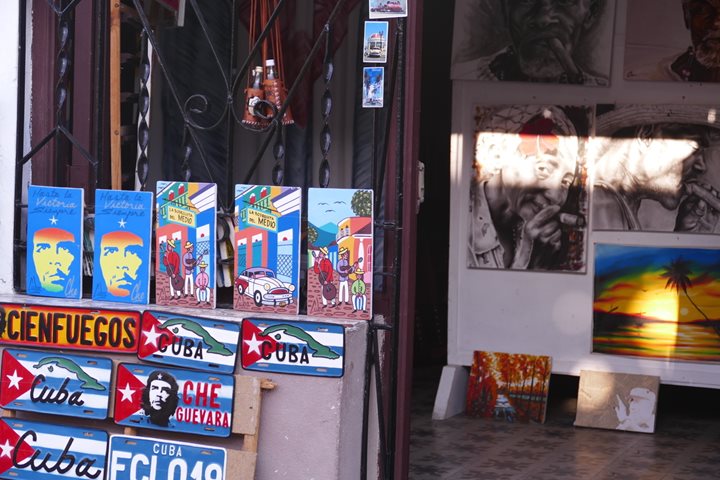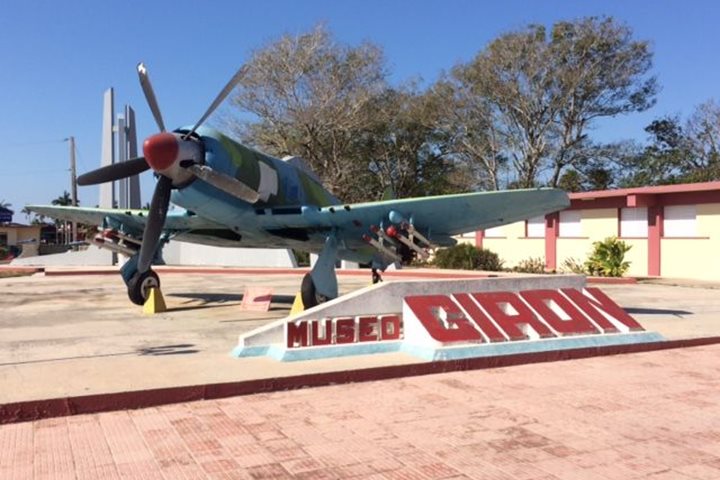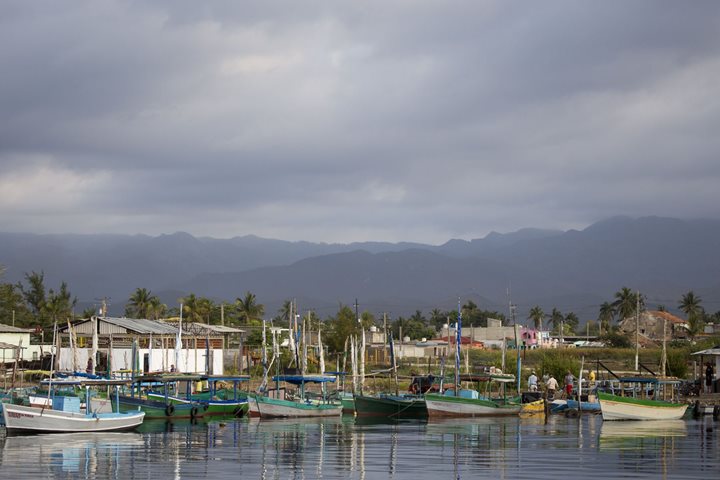The DER below is from the expedition to Cuba that began on February 8, 2017.
Today we spent a great day exploring around the Zapata Peninsula; some of us had an early start in order to go to the Zapata Swamp National Park and do some birding, whereas others enjoyed a more civilized wake up time with ample time to visit the site museum at Bay of Pigs. They also had the chance to learn a lot about the international incident when a group of Cubans living in the USA, backed-up by the CIA, disembarked there in April of 1961 and were defeated by Castro's army in less than 72 hours. They even saw a tank and planes that fought during those days.
Meanwhile, birders had a very successful outing looking for several of the endemic birds to Cuba. The Zapata Swamp National Park is Cuba's largest protected area and numerous interesting bird species make it a bird-watcher's paradise. Under the expert guidance of a local expert we watched many of the 26 birds that can only be found in Cuba, including the blue-headed and gray-fronted quail-doves, the Cuban tody, the Cuban green woodpecker, the Cuban oriole, the Cuban vireo, the Cuban parrot, the Cuban parakeet, the Cuban blackbird, the Cuban pygmy owl and the bare-legged owl; but it was the smallest of all the one that intrigued us the most, the diminutive bee hummingbird. With only 2.5 inches in length and lighter than a nickel, the bee hummingbird is the smallest bird in the world, and a very pretty one for that matter! They also had the rare threat to watch a small group of hutias, also known as tree rats, resting among the foliage.
Both groups reunited by mid-morning at Punta Perdiz, located on the east coast of the Bay of Pigs, to go snorkeling. The conditions were perfect and the 80o F clear waters provided a very relaxing time for those that went in. They watched pretty healthy stands of elkhorn and many other coral species, plus sponges, gorgonians and sea fans a big variety of reef fishes; stoplight and green parrotfishes, spotted goatfishes and schoolmaster snappers competed for attention with needlefishes, yellowtail snappers and four eye butterfly fishes.
After a delicious lunch at the local Tiki restaurant, we traveled to the town of Pálpite, where we visited the Corimacao Artistic Group; Corimacao gives young non-professional artists from all around Cuba the chance to express their art and transmit it to the people of small communities around the country and today regaled us with examples of their dancing, music and painting. After that, we walked a mere one hundred yards to a local house where the owners have been attracting bee and green emerald hummingbirds to their backyard and allowed us to come in and admire again their precious guests, making for a great ending of a very interesting day.







